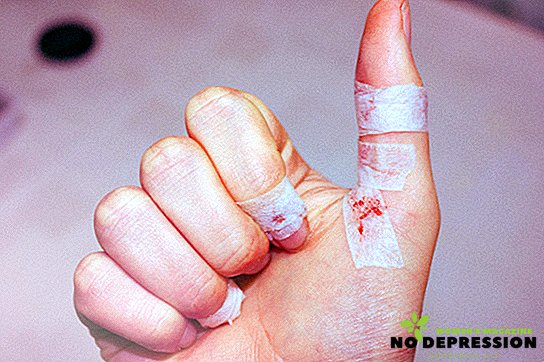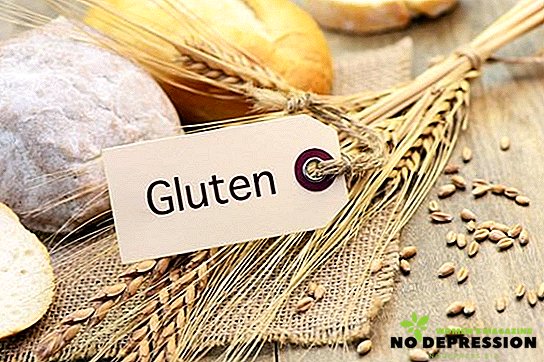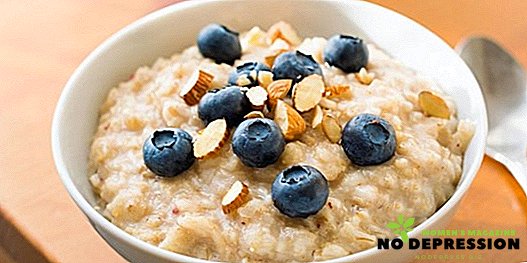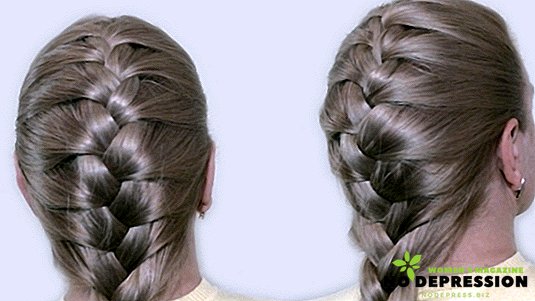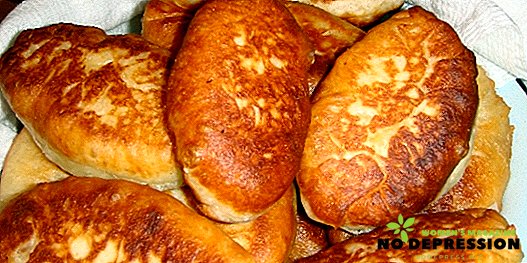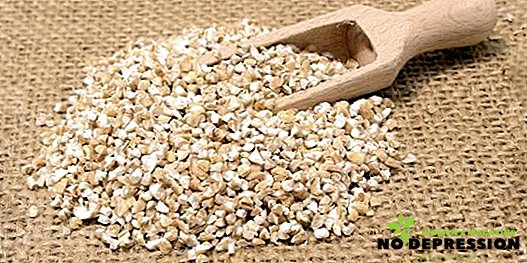When a child is born, a lot of pleasant, but very troublesome care duties come along with him: feeding, swaddling and other important manipulations. The list also includes daily baby bathing.
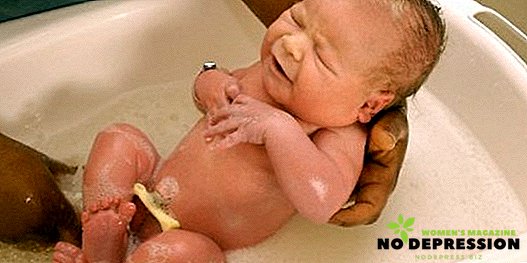
Let's wash, swim!
If the parents are young and this is their first child, the first hygienic procedures raise questions, and sometimes fears: what if the water is not clean enough or too cold or too hot for this tiny lump? What is the optimal water temperature for bathing a newborn baby? Where to start?
The first "swim"
It is not recommended to bathe the baby immediately after arriving from the maternity hospital - it is better to apply a rubdown with wet baby wipes. But on the second day, water procedures are quite acceptable - if there are no problems with the navel. If they are, consult a pediatrician about swimming.
Adults should be well prepared for the first swim. The list of bathing accessories is as follows:
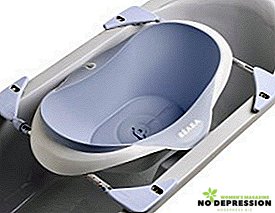 Plastic bath - a required item. It must be thoroughly sanitized and cleaned. It is inconvenient, unsafe to bathe a baby in a large adult bath - it can unexpectedly slip out of your hands - and it is not hygienic.
Plastic bath - a required item. It must be thoroughly sanitized and cleaned. It is inconvenient, unsafe to bathe a baby in a large adult bath - it can unexpectedly slip out of your hands - and it is not hygienic.- Thermometer, which is used to determine the exact temperature of the water.
- Large terry towel - even if it is completely new, it must be washed. The towel from this will not only become cleaner, but also softer.
- Soft diaper.
- A jug or a large mug where there will be rinsing water.
37 - and not a degree higher
Let's see what the temperature of bathing water for newborns will be normal? The amniotic fluid, in which the prenatal development of the fetus takes place, has a temperature close to the body temperature - about + 37ºС.
For this reason, just such a temperature indicator of water for baby bathing is most optimal. To an adult, such water may seem too cool.
But do not forget that in a newborn, the mechanism of internal thermoregulation is only beginning to form, and his body very sensitively reacts to any change in the environment.
The transition from the intrauterine state to what we usually call life is a great stress for the infant: the pressure changes, all the internal organs begin to work in an unusual mode. And only in the warm water, he is relieved. However, when her temperature is not comfortable for him, it increases the stress load.

Increasing just one degree, up to +38, leads to overheating and causes increased heart rate. The skin of the child turns red, it becomes sluggish. But if the difference in the direction of the minus is more than three degrees, i.e. water is colder than +34; this is also extremely undesirable. The skin and lips become bluish, the baby tries to cringe, then begins to tremble.
At this water temperature, the child can overcool, which will lead to at least a cold. The infant notifies adults with crying about all the discomforts, and they need to very carefully monitor the appearance of the little bather, listening to the slightest squeak.
Thermometer or elbow?
 How to determine that the temperature of the water in the bath is optimal? Usually some water is poured into it, and then, having lowered a thermometer there, they begin to add a stream from a hot kettle, constantly stirring and looking at the thermometer. As soon as its performance reaches 37ºC, stop adding hot water.
How to determine that the temperature of the water in the bath is optimal? Usually some water is poured into it, and then, having lowered a thermometer there, they begin to add a stream from a hot kettle, constantly stirring and looking at the thermometer. As soon as its performance reaches 37ºC, stop adding hot water.
Some mothers with experience use their own elbow instead of a thermometer. The skin on the elbow is more sensitive to temperature differences than in other parts of the body. Touching them with water, it is easy to see if she is good enough for bathing a baby.
As an experiment, you can try dipping the whole arm into the temperature that you are used to, and if it seems just a little hotter for the hand, it will be very hot for the elbow.
Often parents are afraid that the water may cool down too quickly. Do not be afraid of this: since the hygienic procedure should last at least 7, but not more than 10 minutes, the heating of the liquid during this time drops by only 1-2 degrees, which is not at all critical.
Boil - do not boil
Heated water for bathing is poured into the baby bath, bedding at the bottom of a clean diaper. Putting the baby there, his head must be kept on the surface so that the liquid does not get into the ears, nose and eyes.
Maintain more comfortable under the shoulder blades, clasping the body with his palm on the side that is farther from you.
Subsequently, if the quality of tap water is normal - it is clean and transparent, without foreign impurities and odors, pre-boiling, as well as adding potassium permanganate to it is possible, but not necessary.
In the presence of diaper rash or other skin problems (often in the first weeks of life, when the body undergoes adaptation, children's skin, according to popular expression, “blooms”, covered with pimples), you can add a decoction of the train.
But if centralized cleaning leaves much to be desired, boil and decontaminate the aquatic environment constantly. When the state of the aqueduct - out of hand, for bathing you need to use bottled drinking water. We advise you to immediately buy large containers.
If you want to be healthy - temper!
Now among the parents, especially young, various theories on the health and hardening of babies are very popular.
If the child is healthy, hardening is certainly desirable. To do this, when bathing, it is necessary to reduce the temperature of the water, bringing it to the rate of 25-26 degrees.
This should be done, of course, gradually, no more than 1 degree in one step. Recommendations on the pace are different: someone advises to do it every day, but still it is better not to hurry.
Once a week - quite suitable frequency. But at the slightest indisposition of the baby, the tempering procedures should be immediately stopped - until complete recovery.
A few more tips on bathing babies from Dr. Komarovsky in the next video.


 Plastic bath - a required item. It must be thoroughly sanitized and cleaned. It is inconvenient, unsafe to bathe a baby in a large adult bath - it can unexpectedly slip out of your hands - and it is not hygienic.
Plastic bath - a required item. It must be thoroughly sanitized and cleaned. It is inconvenient, unsafe to bathe a baby in a large adult bath - it can unexpectedly slip out of your hands - and it is not hygienic.